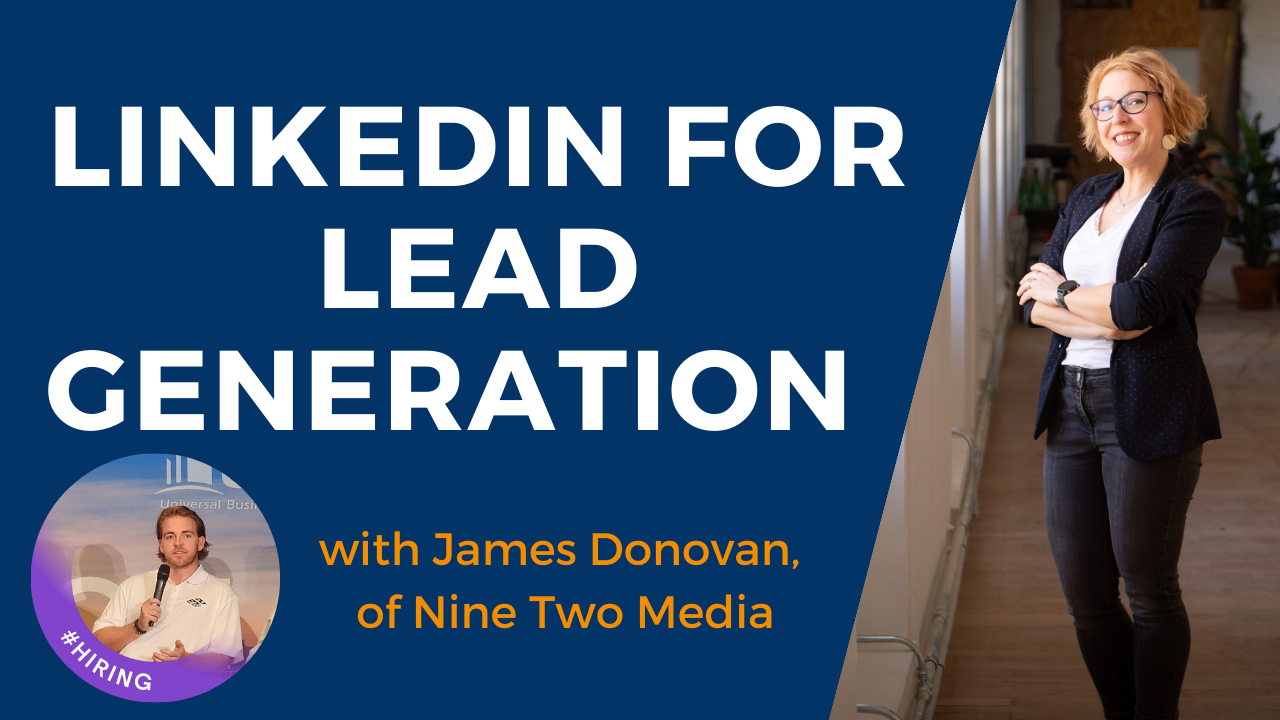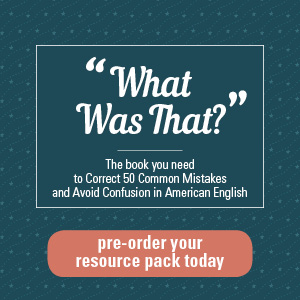

This week, I talk to James Donovan, of Nine Two Media, a Canadian lead generation agency specialized in helping CPAs (certified public accountants) get more leads for their firm.
Now, I know you’re not a CPA {first_name}, but James’ insights apply to any business.
Heck, one reason I interviewed him was to level up my own LinkedIn lead generation game! (Wasn’t that clever of me? 😉
I also wanted to give you a different perspective on how to get more American leads for your business.
In this newsletter, I’ll highlight the key lessons from my interview with James, on how to leverage LinkedIn to generate leads effectively in the American market.
Of course, I invite you to listen to the full episode here.
Personally, I love LinkedIn for lead generation. It’s the digital marketing tool that I leverage the most.
There’s no simpler way to increase your business’s visibility and credibility, connect with potential clients and ultimately increase your revenue.
Unfortunately, many entrepreneurs struggle to use LinkedIn effectively for lead generation, especially when they’re trying to get US clients, and English isn’t their first language.
Why foreign entrepreneurs struggle with US-client lead generation
I’ve noticed that there are a few points that most people have in common when they struggle to generate American leads via LinkedIn:
-
They lack clarity: Many entrepreneurs fail to present themselves clearly, making it hard for potential clients to understand their value proposition.
-
They’re unconvincing: Even if the value is clear, many profiles lack the persuasive elements needed to convince potential clients: social proof, stories, numbers.
-
They’re invisible to their target client: If you’re too “corporate”, too impersonal, your posts will be forgettable. You don’t stand out, and your US clients don’t see you.
-
They haven’t created an American client persona: Your American clients have different pain points, different dreams, different ways of thinking and doing compared to your European clients.
The good news is that I’ll help you solve these problems in this week’s newsletter. And James offers additional insights and ideas in the podcast!
Step 1: Optimize Your LinkedIn Profile
Start by setting up your personal profile to showcase you as a leader in your space. I like to hink of my Linkedin profile almost as a sales landing page!
This step is crucial because your profile is often the first impression potential clients will have of you.
Make sure you have a professional headshot, a compelling headline that clearly states who you help, how you help them, and the results they can expect. (I recently got new photos for my profile… did you notice? 😉
Include a comprehensive “About” section that highlights your expertise and the unique value you offer. But don’t write in a boring, corporate way.
Tell stories, make it casual and personal. Americans are much more relaxed in the way they “talk business” than what would be the norm for many European cultures.
Also, James emphasizes the importance of having contact information readily available and using the featured section to showcase testimonials and case studies.
Don’t worry, 99,99% of the time, no one abuses it! I have both my phone number and direct email in my About section, and have never had any problems)
Step 2: Personalize Your Outreach
When reaching out to potential leads, I always try to include a message that is short, direct, and personalized.
Bad practices that I’ve seen? Either sending generic messages or overly long ones. Remember, your goal is to pique their interest, not to overwhelm them and tell them EVERYTHING.
For example, instead of sending out 1,000 automated messages, focus on sending 10 highly personalized messages a day. Quality, not quantity!
James advises, for example, that a message should be short enough to read in a preview on a mobile phone. (So I need to shorten my message that I send even more!! Note to self!)
He suggests addressing common objections upfront and ending with a clear call to action.
When it’s clear what you want the other person to do next, I promise it will increase your response rates!
Step 3: Follow Up Quickly and Efficiently
Once a potential lead shows interest, follow up promptly. Speed is critical in maintaining the lead’s interest and moving the conversation forward.
This is especially true for Americans, where things go fast, and they expect fast responses.
Don’t think that if you respond too fast, you look desperate to get new clients. On the contrary, they expect fast follow up!
Fast and efficient follow-up shows your commitment to good customer service and your professionalism.
Waiting 48 hours because it’s the weekend and you don’t want to bother them on a Sunday? That wouldn’t be considered professional in the US!
James even suggests calling leads immediately after they express interest if you have their phone number.
And I’ve seen in my own experience that getting on the phone instead of just DMing and emailing can GREATLY increase your chances to convert a lead.
Again, if you quickly pick up the phone and call them, they’ll see you’re eager to engage and also be reassured that you’re dedicated to serving them well.
See you next Thursday,
Christina




